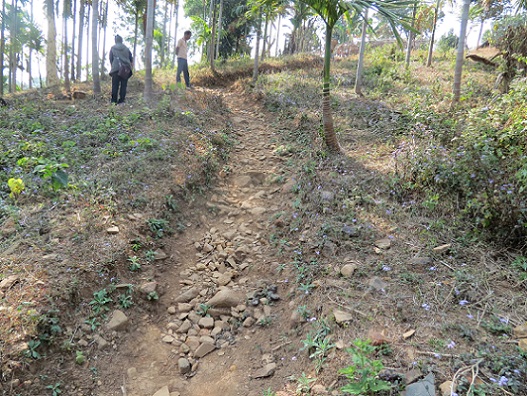
From Our Correspondent
TURA, FEB 7: A team of researchers currently undertaking a systematic exploration in the Rongram – Ganol river valley of West Garo hills have found large number of finished stone tools from Mishimagre village, in the outskirt of Tura.
“The finds of cores (from which the stone tools are made) and waste flakes (which are by-products of tool making) are indications of a factory site where tools were made in large numbers in the past”, said Professor Queenbala Marak, department of Anthropology, North Eastern Hill University (NEHU), who is leading a team of researchers for a study.
Professor Marak believes that there were many sites in Rongram-Ganol river valley, where a large number of finished stone tools, waste products and cores have been found. They have discovered that the largest concentration till date was seen in Mishimagre village.
“In fact there could have been as many as six factory sites in this region and possibly these finished stone tools could then have been transported to other places in Garo hills. To understand more about the timeframe and the behaviour of prehistoric people and their movement, more thorough research is required”, she quipped.
Professor Marak is leading the exploration team along with Gangotri Bhuyan, Milan Meitei and Tengnang D. Sangma. The team strongly believes that public awareness is required for maintenance of these sites since they are stakeholders as well as custodians of the region.
On Sunday last, an awareness camp on the importance of prehistoric sites and how to conserve them was held at Misimagre village, which was attended by the residents of Mishimagre village.
It was organised by department of Anthropology, NEHU in collaboration with arts and culture department, government of Meghalaya.
Professor Marak enlightened the villagers on the importance of stone tools in the creation of one’s history and how a proper research on these tools and sites was required. She also stressed on the need and ways to conserve the sites at the village level.
Assistant curator of district museum, Tura Kimde R. Marak said, “It was important to keep proper record of all the studies done on stone tools in Garo hills”.
Kanchani Koch, archaeologist from the department of arts and culture said that there was need for proper documents to undertake this type of study.
Village chief of Misimagre Obinash Ch. Marak assured the researchers and experts that they would conserve the stone tools.
Author of Stone Age map of India T.C Sharma had said in his book that Garo hills region was found to be a potential area for Neolithic culture. Many researchers have also observed that Garo hills region had Palaeolithic elements and the stone tools of this region area a debatable topic amongst scholars.
Last year, a lot of ancient artifacts, dating back to centuries were discovered at Rongkhon Songittal, near Tura, which included a smoking pipe made of clay, iron made materials along with huge amount of pottery items.
Professor Tilok Thakuria of the Archeology department of NEHU, Tura had said that the tools were of prehistoric times. He had said that the discoveries were found accidently but the evidence of Neolithic remains in Garo hills have been reported by several scholars.




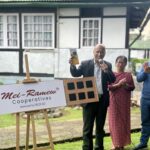

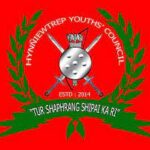


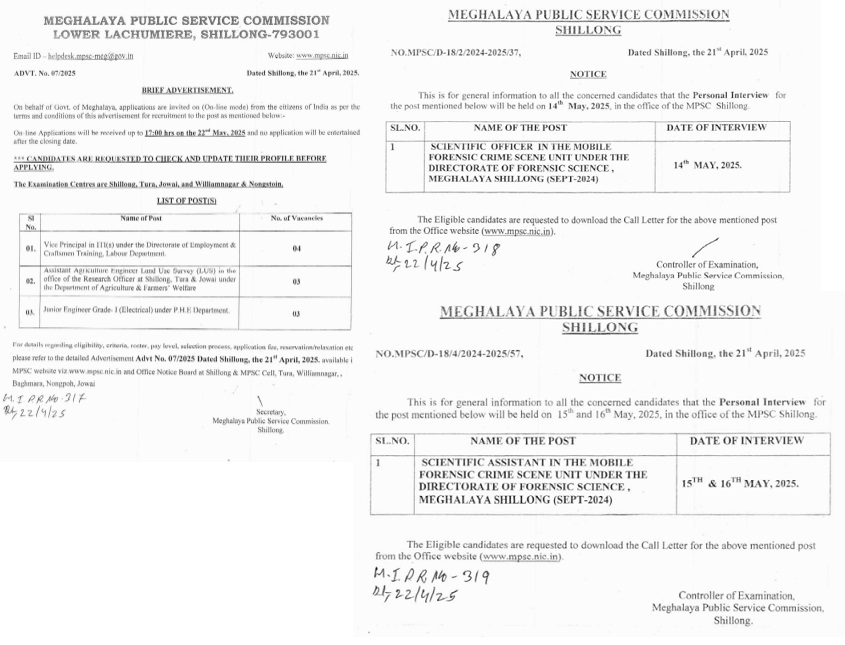

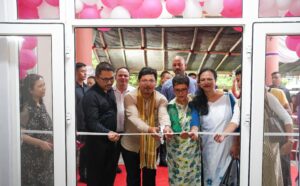

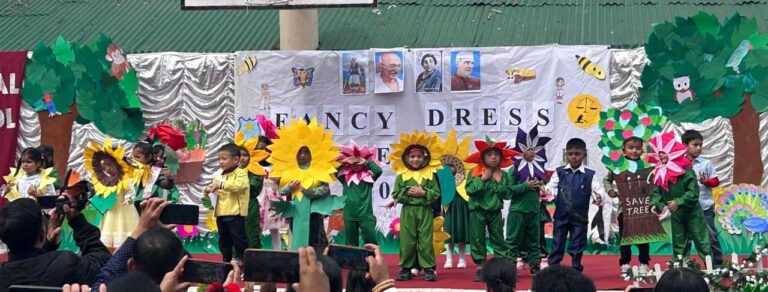
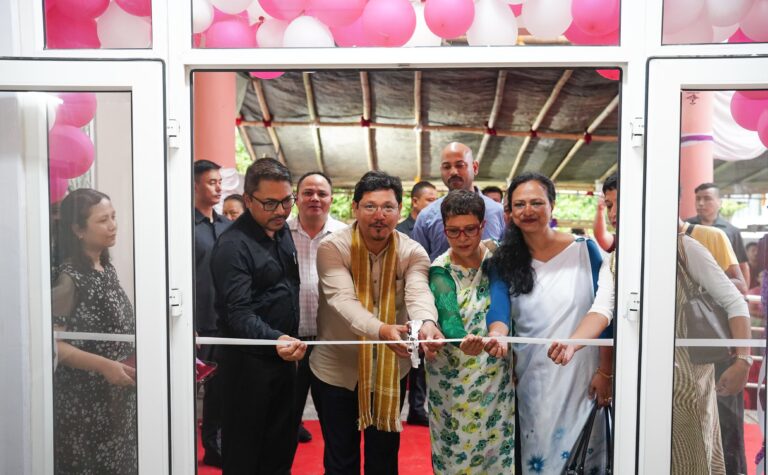

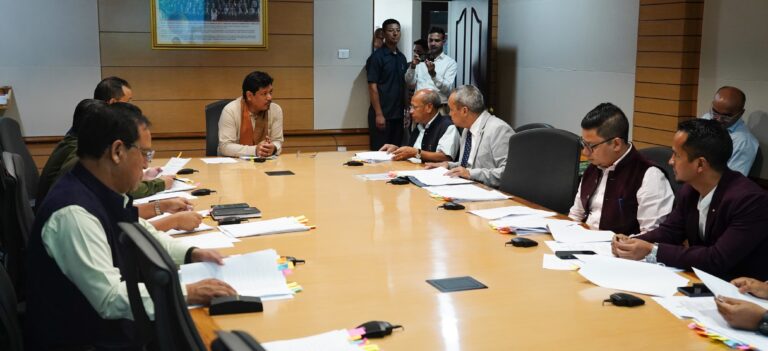
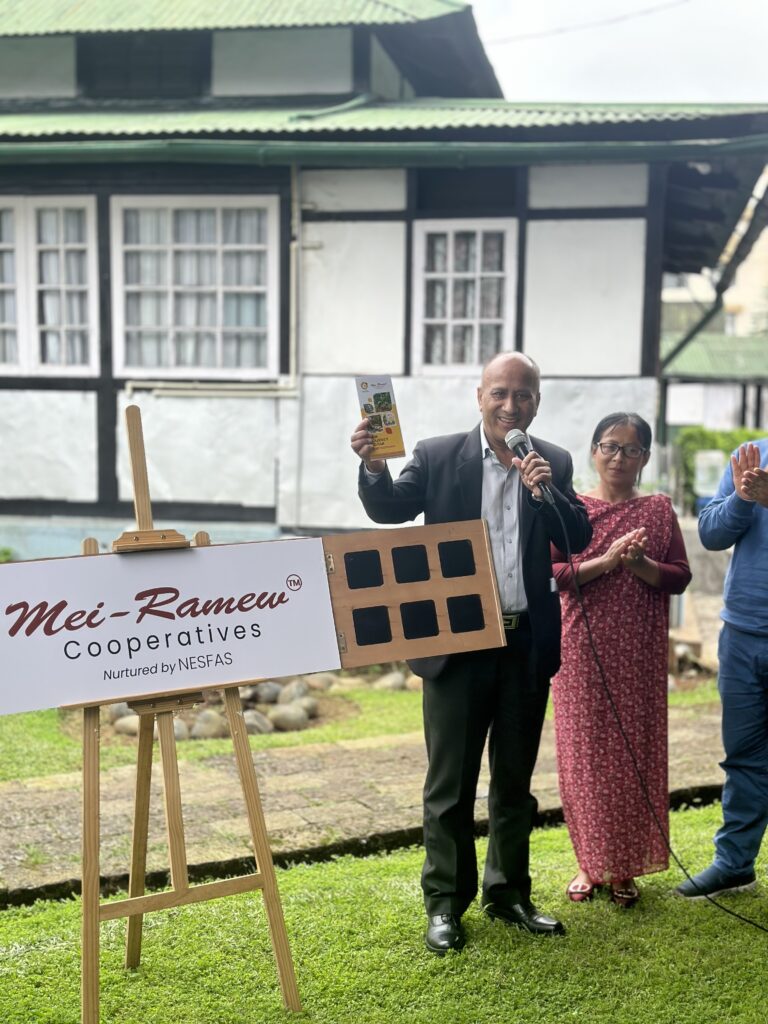
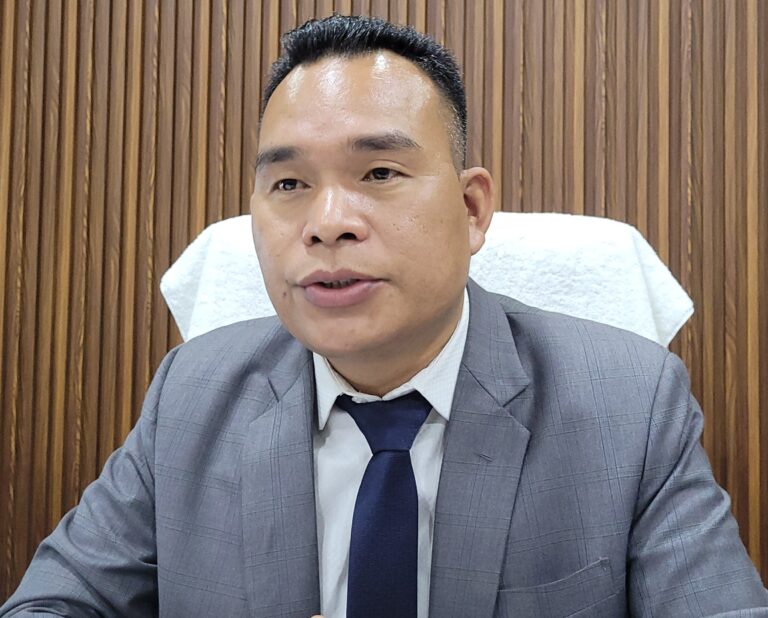
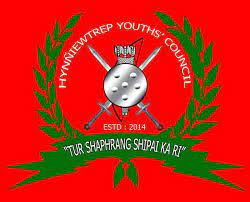

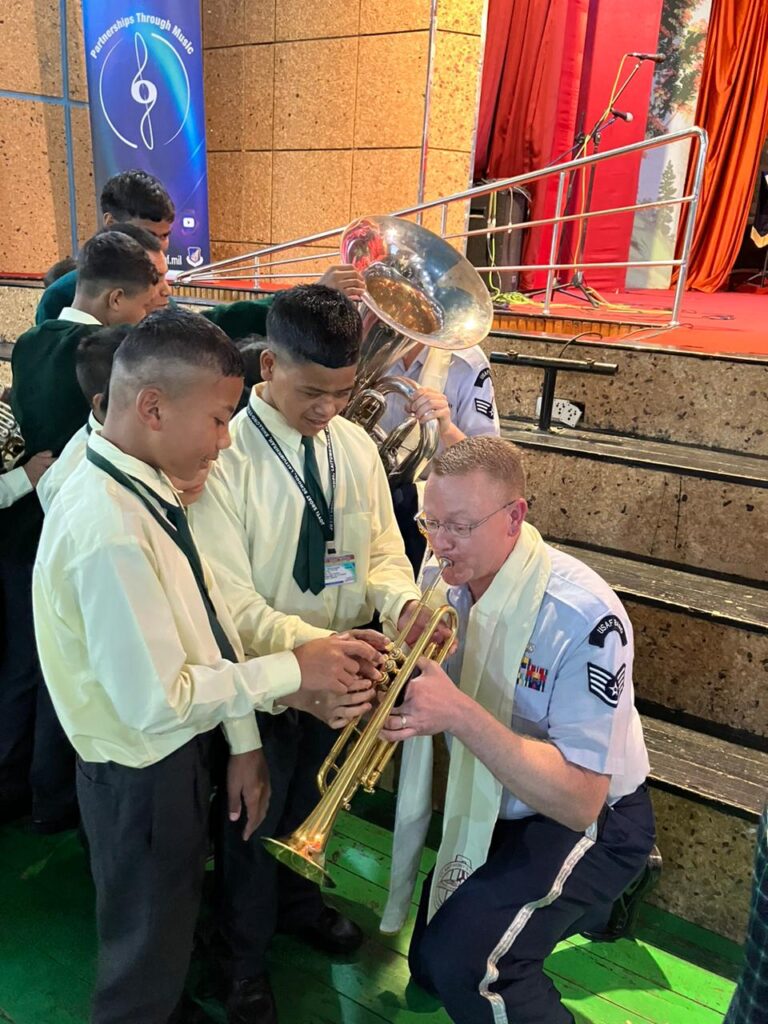
+ There are no comments
Add yours